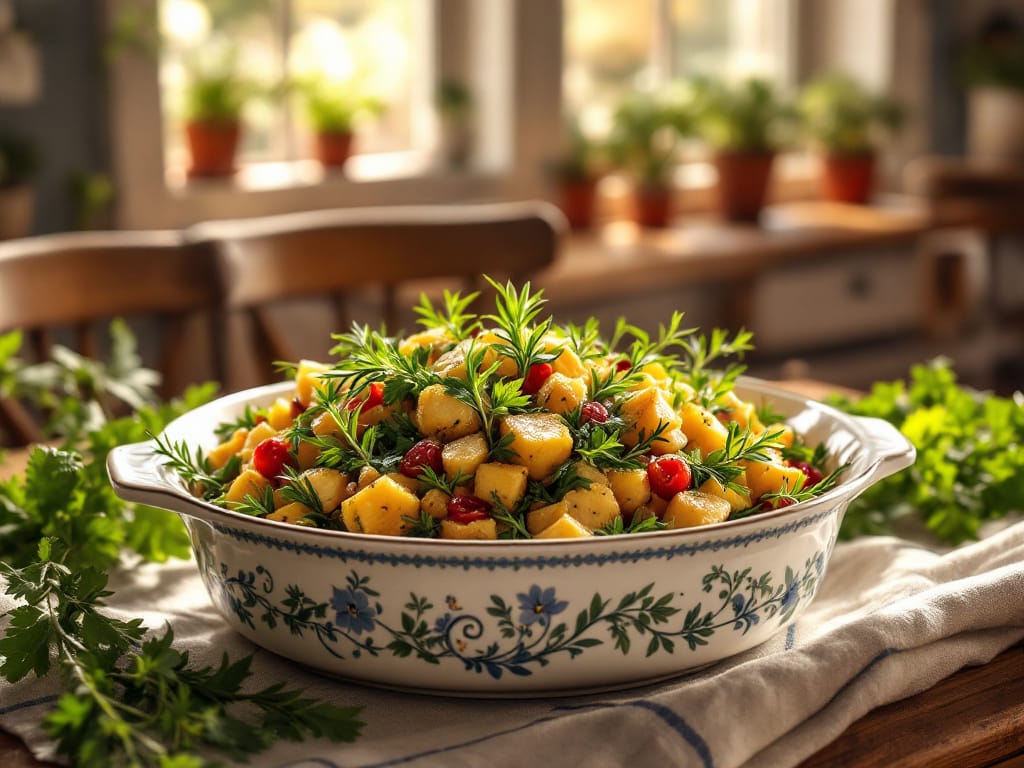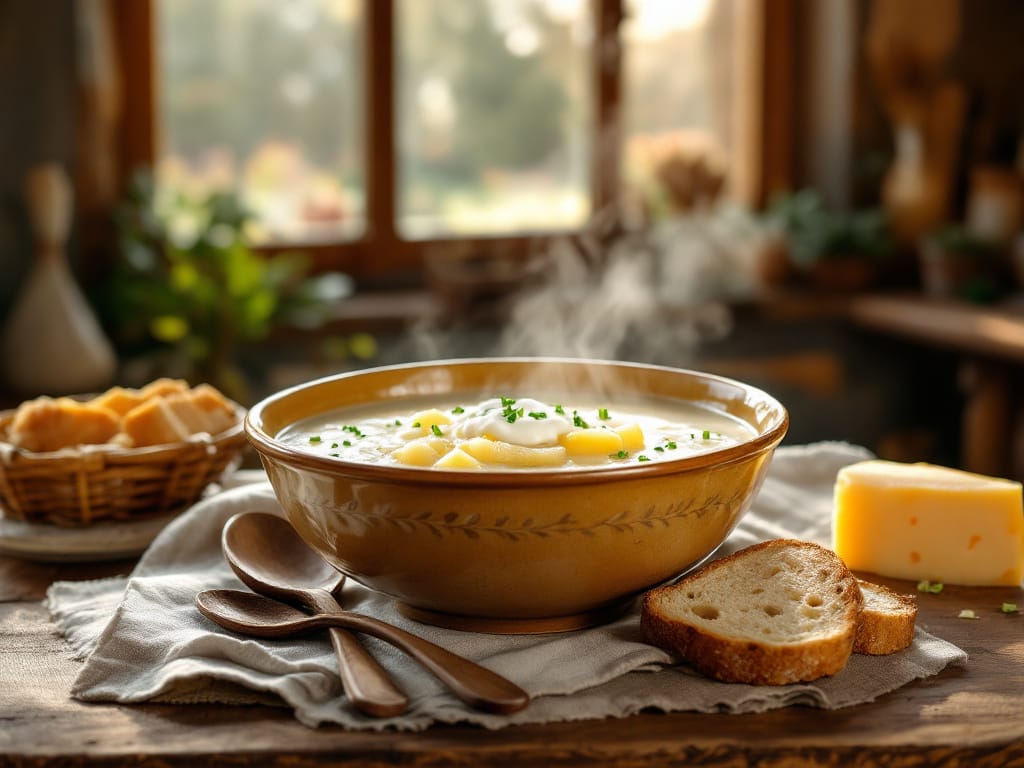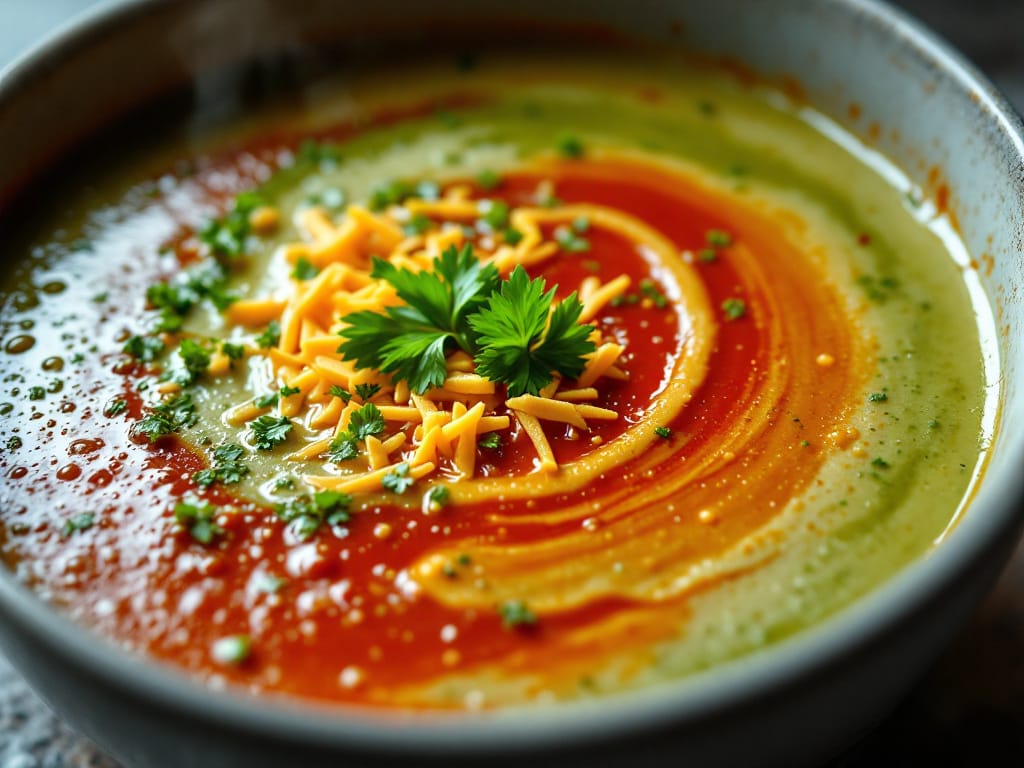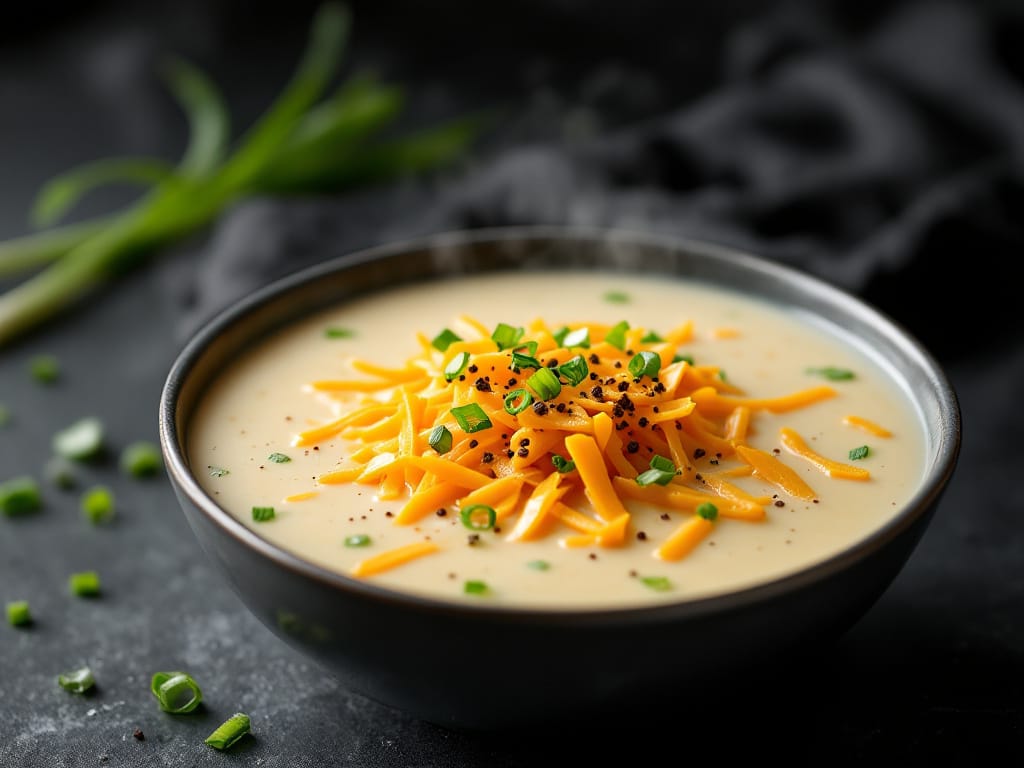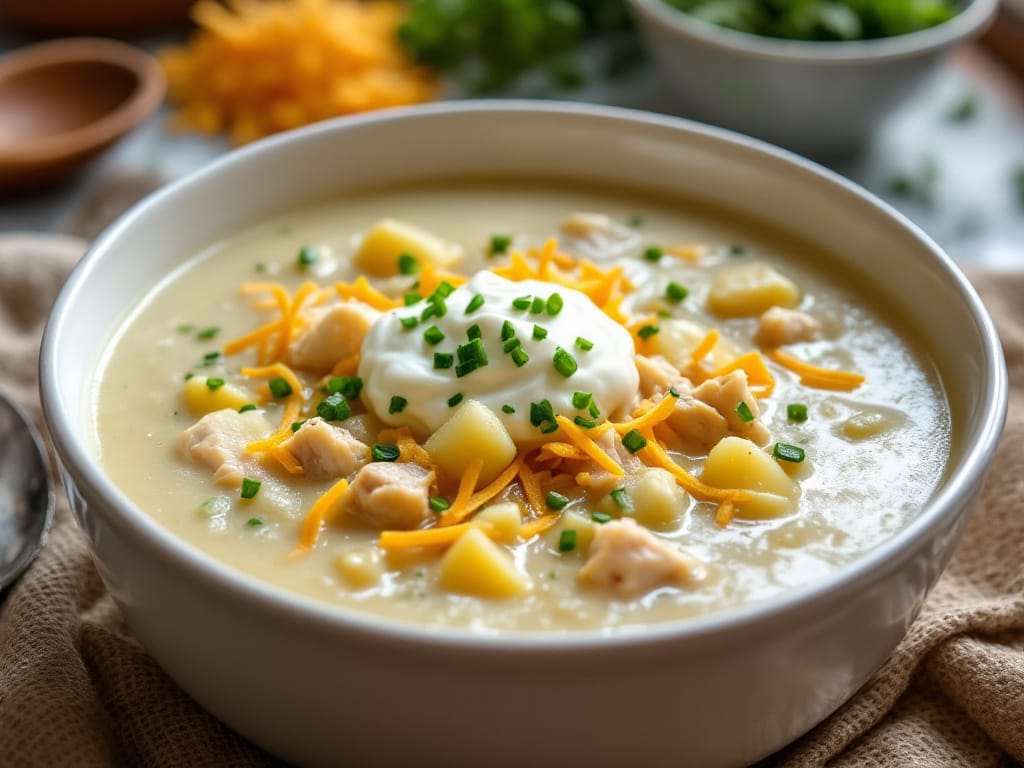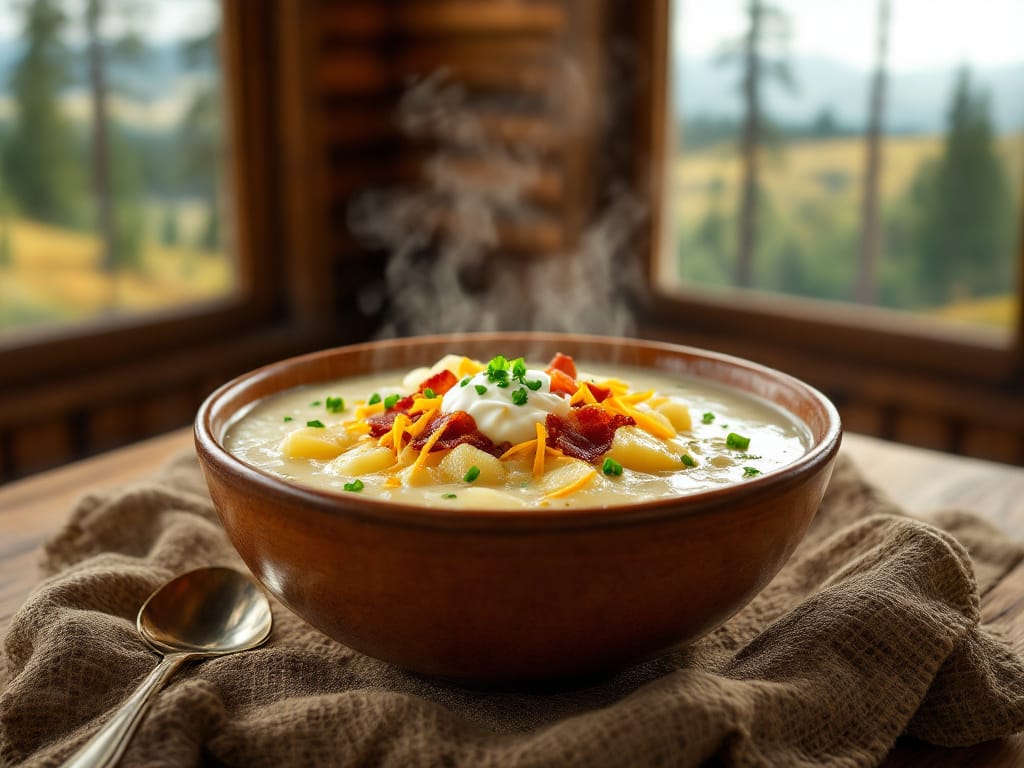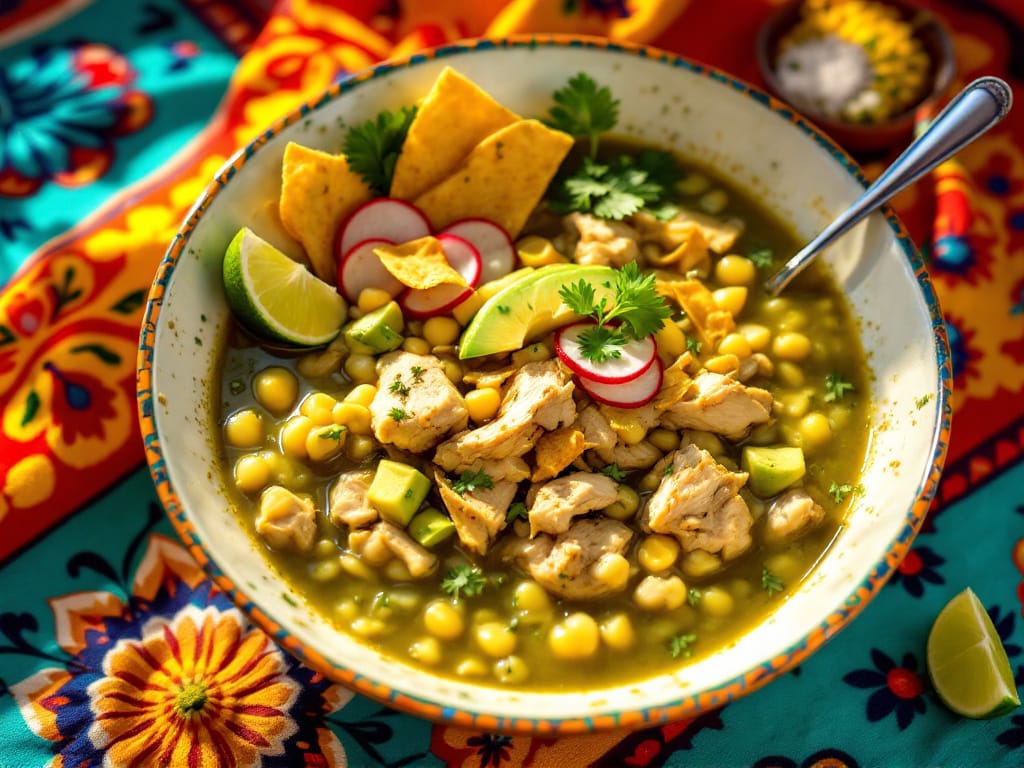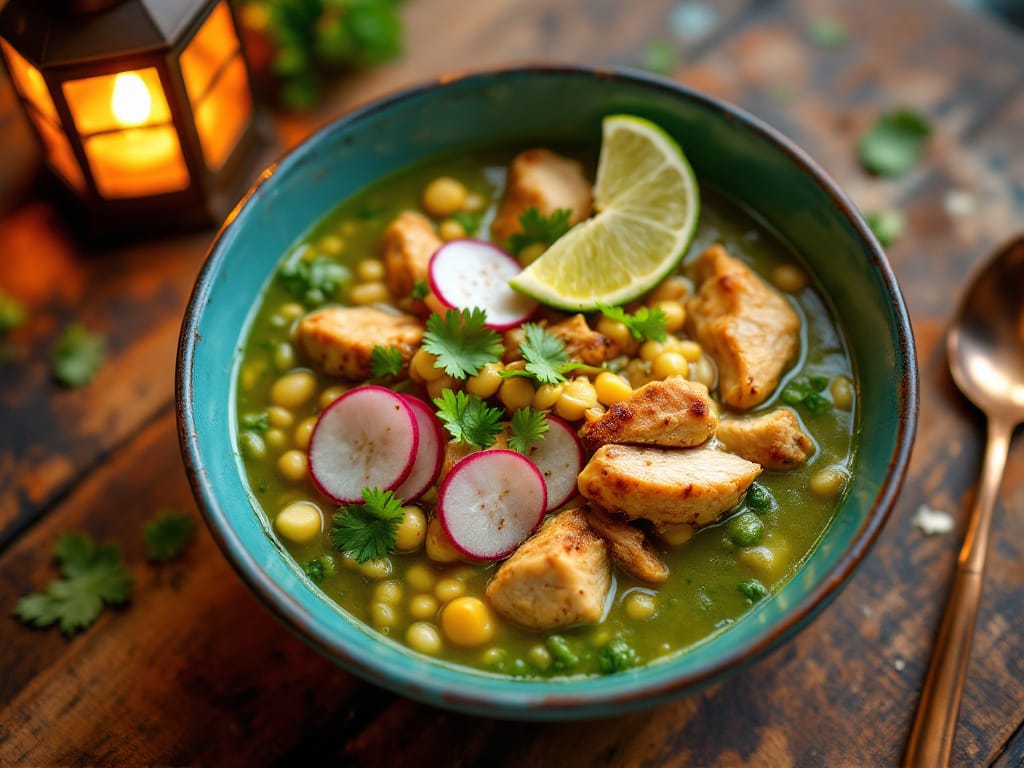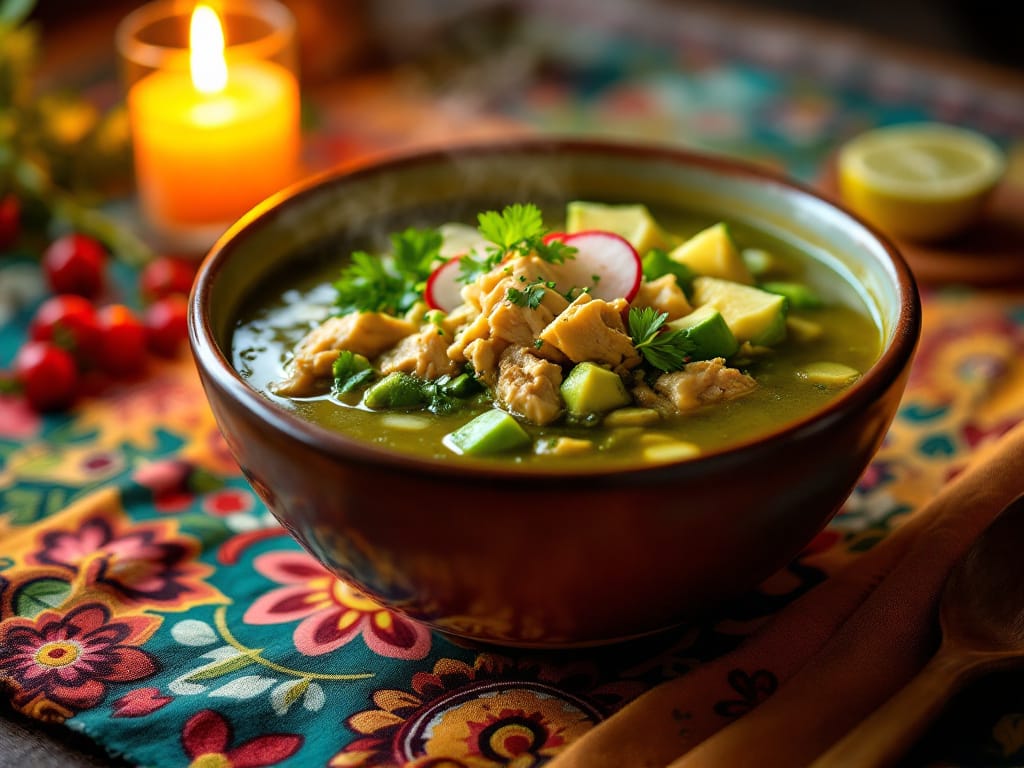Stuffing is more than just a side dish—it’s the heart of a festive meal. The right combination of herbs can elevate stuffing from ordinary to extraordinary, enhancing its flavor and aroma. Whether you’re creating a classic Thanksgiving stuffing or trying a creative twist, understanding the role of herbs and spices is crucial.
Why Herbs Matter in Stuffing
Herbs are the essence of stuffing, infusing it with earthy, fresh, and aromatic notes that define its character. They balance the richness of core ingredients like butter and bread, transforming them into a cohesive, flavorful dish. As a result, herbs play a vital role in ensuring your stuffing stands out.
Whether you lean toward traditional choices like sage and thyme or explore adventurous options like mint, the right combination of herbs can elevate your stuffing to new heights. Therefore, knowing how to combine and balance herbs is essential.
For more insights into how herbs work in cooking, check out this guide to fresh vs. dried herbs to perfect your approach.
Key Herbs for Traditional Stuffing
Here are the must:
- Sage: A cornerstone of stuffing, sage delivers a warm, savory flavor that pairs beautifully with onions and butter. Fresh or dried, it’s indispensable for traditional recipes.
- Thyme: This versatile herb adds a subtle woodsy note. Whether using fresh sprigs or dried leaves, thyme complements other flavors seamlessly.
- Rosemary: A robust and fragrant herb, rosemary adds depth and balance, making your stuffing more aromatic.
- Parsley: Often underestimated, parsley brightens stuffing with its fresh, slightly peppery flavor.
Furthermore, these herbs, when used together, create a classic flavor profile that is both balanced and memorable. For an expert breakdown of sage and its role in classic recipes, check out this sage-focused cooking guide.
Herbs for Creative Stuffing Variations
If you’re looking to add flair to your stuffing, consider these creative herbs:
- Tarragon: Its subtle anise flavor pairs wonderfully with chicken or seafood-based stuffing, adding sophistication to the dish.
- Chives: For a milder oniony taste, incorporate chopped chives or green onions. They bring a delicate flavor, perfect for lighter stuffing recipes.
- Mint and Basil: These fresh, bright herbs bring an unconventional twist to stuffing, especially for spring or summer menus.
By incorporating these unique herbs, you can create a stuffing dish that surprises and delights your guests.
Spices to Complement Herbs in Stuffing
Spices play a supporting role, enhancing the flavors of the herbs and other ingredients:
- Black Pepper: Adds a touch of heat and balances the herbal notes in the stuffing.
- Nutmeg: This warming spice infuses the stuffing with a cozy, holiday ambiance.
- Paprika: Whether smoky or sweet, paprika lends a burst of flavor and a vibrant red hue.
- Celery Seed: Adds subtle, earthy depth that complements the herbs.
When used thoughtfully, these spices enhance the overall flavor profile of the stuffing without overpowering it.
Tips for Using Herbs Effectively
Fresh vs. Dried Herbs
Using fresh herbs brings vibrant, nuanced flavor, especially in recipes where the herbs are a highlight. However, dried herbs can provide intense, concentrated flavor when fresh options are unavailable.
Conversion Tip: Substitute 1 tablespoon of fresh herbs with 1 teaspoon of dried.
Balancing Flavors
To create a harmonious taste profile, combine mild herbs with robust ones. For example, pairing parsley with rosemary or sage helps to balance the flavors. Additionally, avoid overloading the dish with strong herbs, as this can overwhelm the stuffing.
By carefully balancing your herb selections, you ensure every bite is flavorful without being overpowering.
Storing and Preparing Herbs
To maintain their freshness, wrap fresh herbs in a damp paper towel and store them in the fridge. Moreover, chopping herbs finely ensures even distribution and consistent flavor throughout the stuffing.
FAQs About Herbs in Stuffing
What are the most popular?
- Sage: Known for its warm and savory flavor, it’s a cornerstone of traditional stuffing.
- Thyme: Adds a subtle woodsy note that blends seamlessly with other ingredients.
- Rosemary: Offers a fragrant, robust flavor that elevates the stuffing’s aroma.
- Parsley: Brightens the dish with a fresh, slightly peppery taste.
These herbs work together to create the classic flavor profile that defines well-loved stuffing recipes, making them essential for any festive meal.
Can I use only dried herbs for stuffing?
Absolutely! Dried herbs are an excellent substitute for fresh ones. However, keep in mind that they are more potent, so you’ll need to use smaller amounts. A general rule is to use 1 teaspoon of dried herbs for every tablespoon of fresh herbs.
What type of bread complements herbs best?
A combination of white and whole wheat bread is a tried-and-true choice for stuffing. This blend strikes the perfect balance between softness and texture, allowing the bread to absorb the herbs’ flavors while maintaining the integrity of the dish.
For a more flavorful twist, try experimenting with:
- Cornbread: Adds a subtle sweetness and crumbly texture that pairs wonderfully with herbs like sage and thyme.
- Sourdough: Its tangy flavor complements robust herbs such as rosemary and parsley, giving the stuffing extra depth of taste.
Mixing and matching bread types can elevate your stuffing and make it truly memorable!
Conclusion: Create Memorable Stuffing
Mastering the art of stuffing begins with choosing the right herbs. Whether you prefer sticking to tradition or exploring creative variations, the combination of sage, thyme, parsley, and complementary spices guarantees a flavorful and aromatic dish.
Moreover, don’t hesitate to experiment with new herbs and spices to make your stuffing unique. By doing so, you might just create the standout dish of the meal that your guests will rave about!
Ready to take your stuffing to the next level? Dive into how to make perfect stuffing every time for more tips and inspiration.

